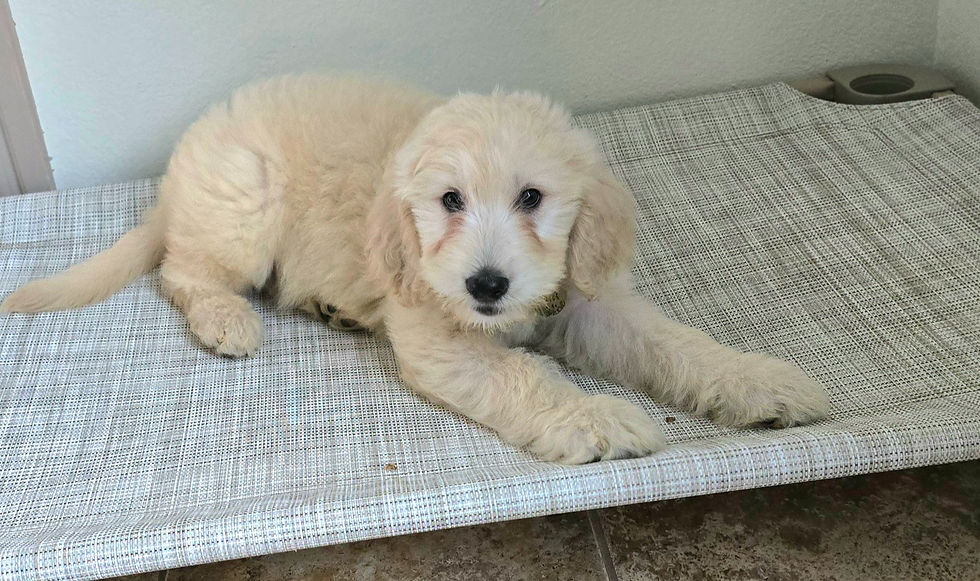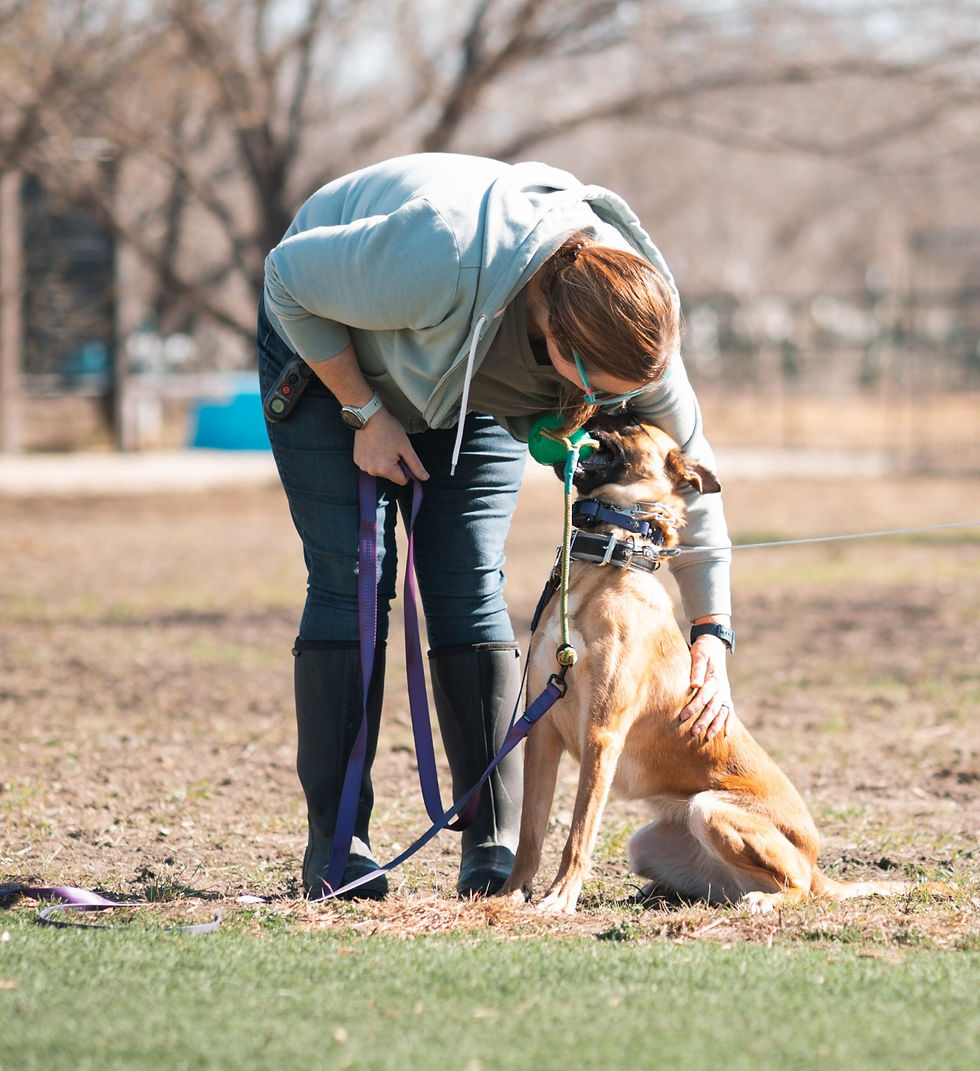Mastering Obedience Dog Training Techniques
- Alison Geiger Miller
- Aug 6
- 4 min read
Bringing a new puppy home or managing an adult dog with behavioral challenges can feel overwhelming. I get it! Training your furry friend takes patience, consistency, and the right techniques. But don’t worry - with the right approach, you can build a strong bond and enjoy a well-behaved companion. Let’s dive into some dog training essentials that will help you master obedience dog training and make the process fun and rewarding.

Why Dog Training Essentials Matter
Training your dog is more than just teaching commands. It’s about communication, trust, and setting clear expectations. When you understand the basics, you can avoid frustration and confusion for both you and your dog. Whether you have a playful puppy or a stubborn adult dog, mastering these essentials will make training easier and more effective.
Here are some key reasons why dog training essentials are so important:
Builds a strong bond between you and your dog.
Improves safety by teaching your dog to listen.
Reduces behavioral problems like jumping, barking, or pulling on the leash.
Makes daily life easier for both of you.
Remember, training is a journey, not a race. Small, consistent steps lead to big results!
Dog Training Essentials: Setting the Foundation
Before you start teaching commands, it’s crucial to create the right environment and mindset. Here’s how to set the foundation for successful training:
Choose the right time and place - Pick a quiet spot with minimal distractions to start. Short sessions (5-10 minutes) work best, especially for puppies.
Gather your tools - Have treats or toy, and a leash ready. Treats should be small and high value to keep your dog motivated.
Be consistent - Use the same words and gestures for commands every time. Consistency helps your dog understand what you want.
Stay positive - Use praise, treats, and encouragement when teaching your dog a new command. Use appropriate corrections when needed.
Patience is key - Dogs learn at their own pace. Celebrate small wins and keep sessions upbeat. And always end your sessions on a win!
By laying this groundwork, you’re setting your dog up for success!

What is the correct way to obedience train a dog?
Now, let’s talk about the correct way to obedience train a dog. The goal is to teach your dog to respond reliably to commands like “sit,” “down,” “come,” and “heel.” Here’s a step-by-step guide to get you started:
Start with basic commands - Begin with simple commands like “sit” and “down.” Use treats to lure your dog into position and reward immediately.
Use clear, calm commands - Speak in a firm but friendly tone. Avoid repeating commands multiple times; say it once and wait.
Reward good behavior - The moment your dog obeys, give a treat and praise. This reinforces the behavior. Timing is very important!
Practice regularly - Short, frequent sessions work best. Practice in different locations to generalize the behavior.
Gradually add distractions - Once your dog masters commands in a quiet place, introduce distractions like other people, dogs, or toys.
Be patient and consistent - Some dogs learn faster than others. Keep training positive and don’t give up!
If you want to dive deeper, check out this excellent resource on obedience dog training for expert tips and guidance.
Tackling Behavioral Issues with Training
Adult dogs can come with their own set of challenges. Maybe your dog barks excessively, pulls on the leash, or jumps on guests. The good news? Training can help fix these behaviors too!
Here’s how to approach common behavioral issues:
Excessive barking - Teach the “quiet” command by rewarding silence. When your dog barks, say “quiet” and wait for them to stop before giving a treat. Additionally, redirect the unwanted behavior to a wanted behavior like a sit, then reward for the sit.
Leash pulling - Change directions frequently. Let your dog hit the end of the leash then stop and praise when they catch up to you.
Jumping on people - Turn away and ignore your dog when they jump or put up a knee. Tell your dog "off" and praise and reward when their feet hit the ground.
Chewing inappropriate items - Provide plenty of chew toys. Redirect your dog to toys when they start chewing furniture or shoes. Do not just give them a toy or chew and expect them to be content. You need to make the toy or chew more fun and exciting and interact with your dog with it.
Consistency is crucial here. Everyone in the household should follow the same rules and training methods to avoid confusion.

Making Time for Training in a Busy Schedule
I know life gets busy! Finding time to train your dog can be tough, but even a few minutes a day can make a big difference. Here are some tips to fit training into your routine:
Use daily moments - Practice commands during walks, meal times, or play sessions.
Break it into chunks - Instead of one long session, do several short ones throughout the day.
Involve the family - Get everyone to participate in training. It spreads the workload and reinforces consistency.
Keep training fun - Use games and play to teach commands. This keeps your dog engaged and eager to learn.
Set realistic goals - Focus on one command or behavior at a time. Celebrate progress, no matter how small.
Remember, training is an investment in your dog’s happiness and your peace of mind. A little effort goes a long way!
Your Journey to a Well-Trained Dog Starts Now
Training your dog is one of the most rewarding experiences you’ll have. It strengthens your bond, improves behavior, and makes life more enjoyable for both of you. Whether you’re starting with a new puppy or working through adult dog challenges, these dog training essentials will guide you every step of the way.
Keep sessions short, positive, and consistent. Celebrate every success and be patient with setbacks. And if you ever feel stuck, don’t hesitate to seek expert help or explore resources like obedience dog training.
You’ve got this! Your dog is ready to learn, and together, you’ll create a happy, harmonious home.





Comments